Walking at the station (4): Puxin, only the old family's village is left

This time, I was drawn to Puxin Station, and my heart was full of resistance. More than ten years ago, I passed by Puxin several times when I was studying at the Zhongli Institute. In my impression, there is nothing special here except Puxin Ranch.
For this trip, I checked the history of Puxin on the Internet, only to know that Puxin area was a military village in the early years. In 1953, the Kinmen Defense Command purchased land here to build the Siwei New Village, which was allocated to the officers and their families to live in. Later, Guanghua Second Village, Sanlong New Village, Jingjun New Village, Kinmen New Village, Chenggong New Village, Wushou New Village and Beigong New Village were successively built. Therefore, the theme of our walk at Puxin Station is "The Village of the Military Military".
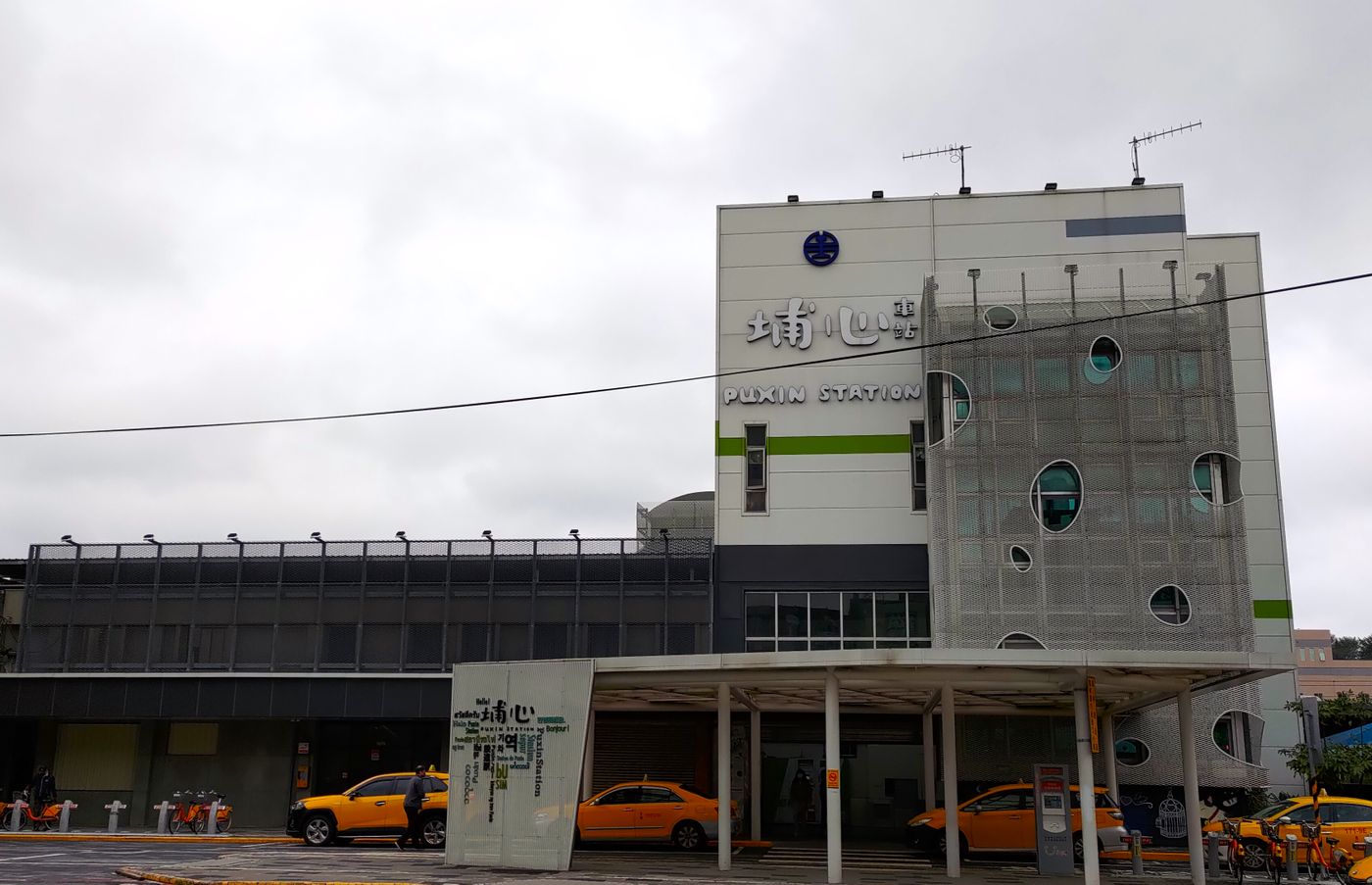
On the first stop of the itinerary, my wife and I set off from Puxin Station, walked along Yongmei Road to Siwei Road, and visited the first "Siwei New Village" built. Although I have long learned from the Internet crawling that the Siwei New Village was completely demolished in 2004 and no longer looks like it used to be a military dependents village; but I am a little disappointed when I actually come here, because there is almost a little bit of the military dependents village here. However, the Siwei Road in front of you is planned to be a "Siwei Image Business District", with new-style houses, restaurants, and businesses, which are not much different from ordinary streets.

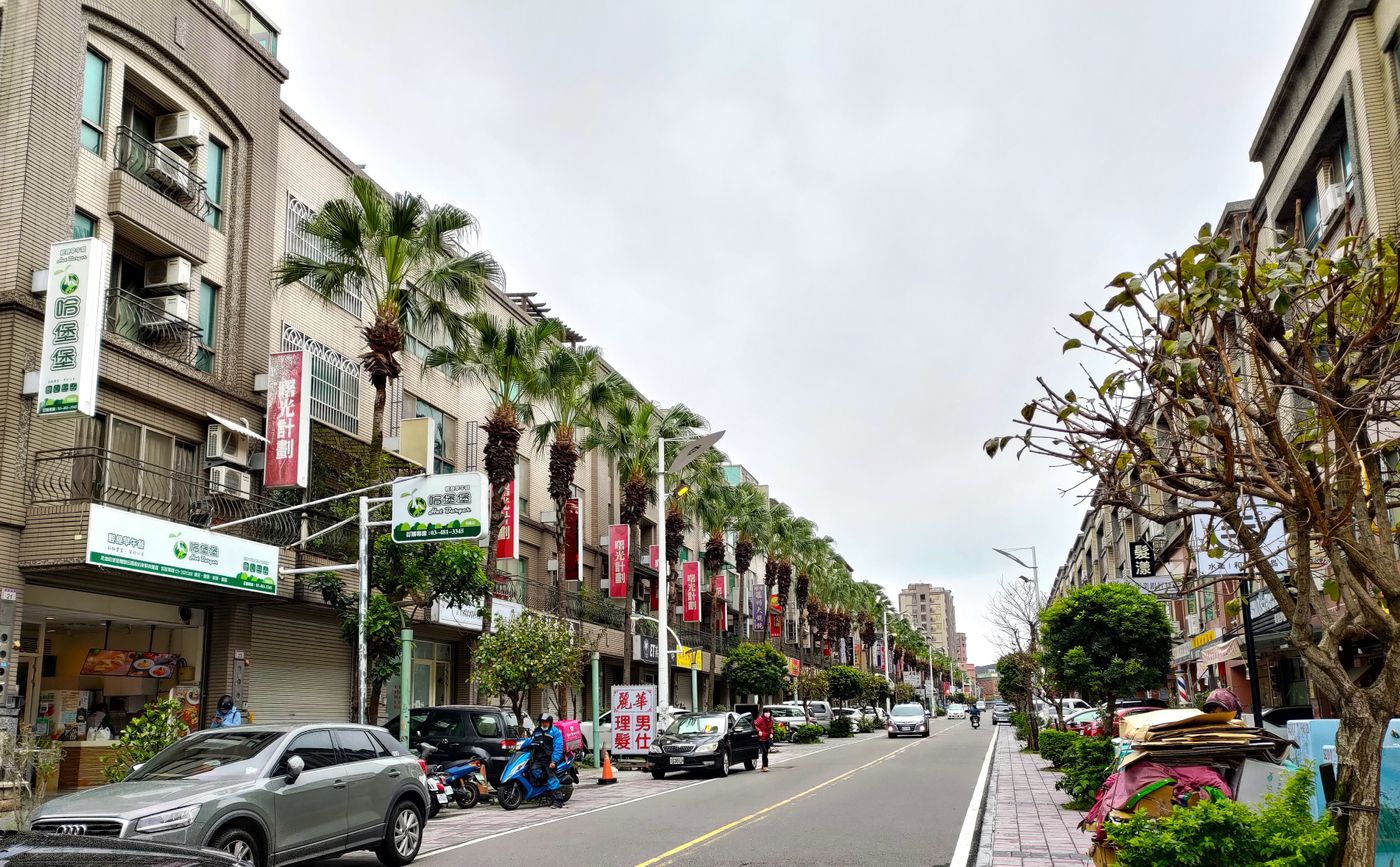
Regarding the appearance of this military dependents' village, there are rich text and video materials in the Puxin military dependents' village story hall , so that you can get a glimpse of its true colors.
Go to the end of Siwei Road and turn left on Wenhua Street. This area is the former Chenggong New Village . Just like Siwei New Village, Chenggong New Village was completely replaced by Toutian Cuo, and Wushou New Village beside it was similar. Although urban renewal is inevitable, at least part of it will be left for future generations to remember. Having said that, along the way, I saw a lot of beef noodle shops. I don’t know how many are really the food and cultural heritage of the military dependents’ village, or are they just stores that come here to take advantage of the popularity of the military.
Just before noon, we chose to dine at " Yinan Village Beef Noodles ", which was well-reviewed on the Internet. The beef in Yinan Village is solid, tender, and the noodles are chewy, making it the highlight of this trip.
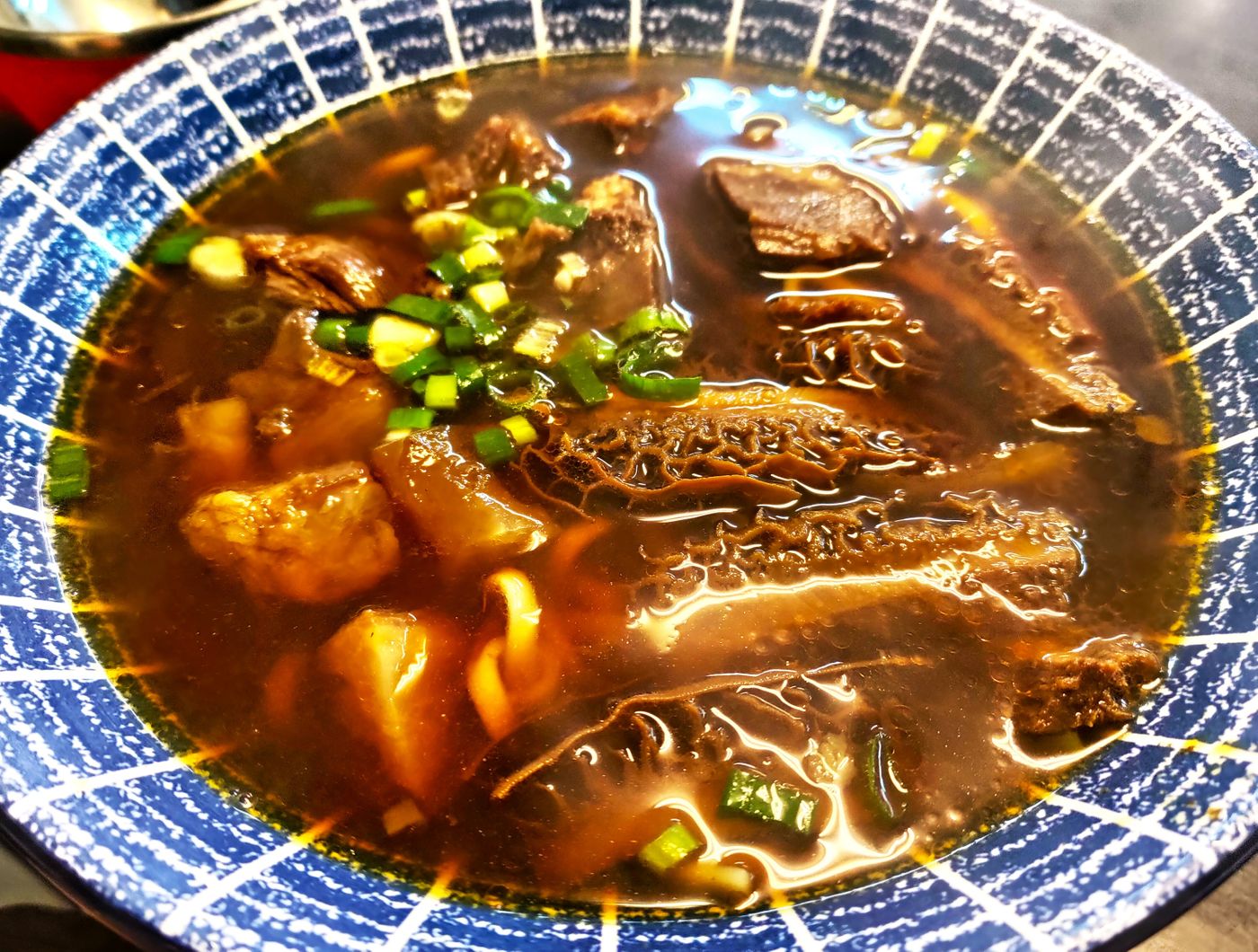
After a full meal, we went to visit the " Story Museum of Puxin Dependents ' Village" on Zhongxing Road. This story hall was established in 2013 and displays the cultural relics and history of the military dependents’ village in the Golden Dragon Activity Center. The reason why it is named "Golden Dragon" is that it is located between the Jinmen New Village and Sanlong New Village in those days, so it is referred to as "Golden Dragon". Unsurprisingly, the traces of the military dependents’ villages in Jinmen New Village and Sanlong New Village are now quite vague. We can only hope that the collections of the Story Museum will give us a picture of the military dependents’ villages half a century ago. However, we are disappointed again. Due to the spread of the epidemic, the Story Hall is not open to the public, and the iron gate is locked...

However, when we walked from the street to the alley, and then got into the alley from the alley, we still found some relics that looked like military villages. We hurriedly took pictures and captured them, so as not to disappear when we came next time.

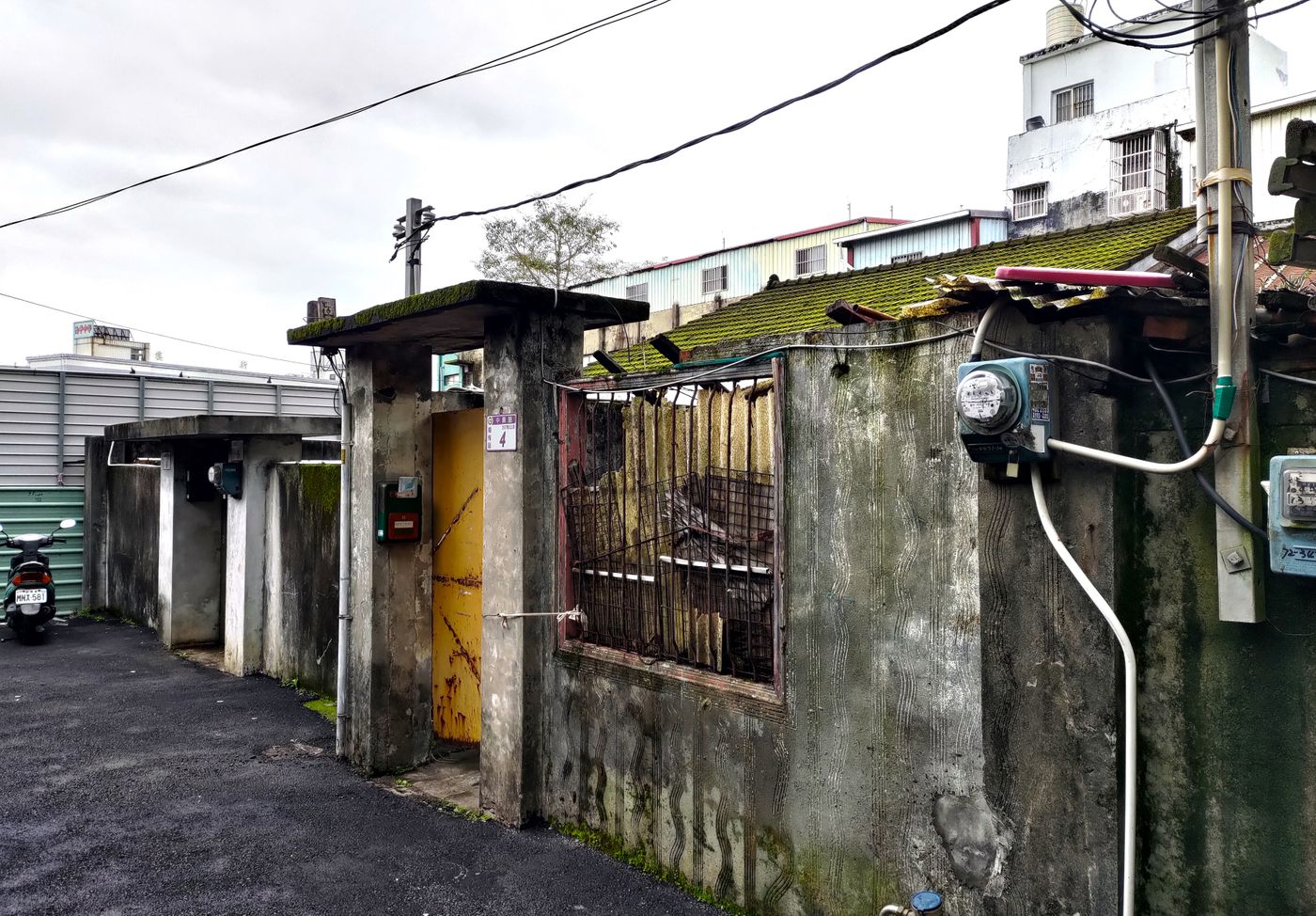
In the memories of the second and third generations of the military dependents’ village, it was mentioned that there was a nearby Shimen Grand Canal. Even though there were frequent incidents of drowning of children, it was still a water park in their childhood. We walked from the Jinlong Activity Center towards the station, turned right at Fude Street, walked along the fence of Zhiping High School, and arrived at the " Shimen-Dazhen Green Corridor " in five minutes.
On the left side of the corridor is a footpath for pedestrians, on the right side is the gurgling water of the canton, and there is a tree-shaded overhead; this day is a normal afternoon, and the school has not yet started - as soon as we step into the corridor, it seems that we have entered the silence. The paradise, the body and mind followed suit.

Walking out of the corridor with a total length of about one kilometer, Google Maps showed that we were not far from the "Slope Conservation Demonstration Tea Garden" next to the tea industry improvement farm, and we walked slowly. There is a " Tea Mountain Trail " behind the demonstration tea garden, showing various techniques of growing tea on sloping fields. It is a place for local residents to relax and exercise. In order to integrate into the local life, I followed the hikers to the end of the trail and then turned back. The trail is neither long nor steep, and it takes less than 20 minutes to walk, but the long walk was too much for my wife, so she didn't climb up with me.
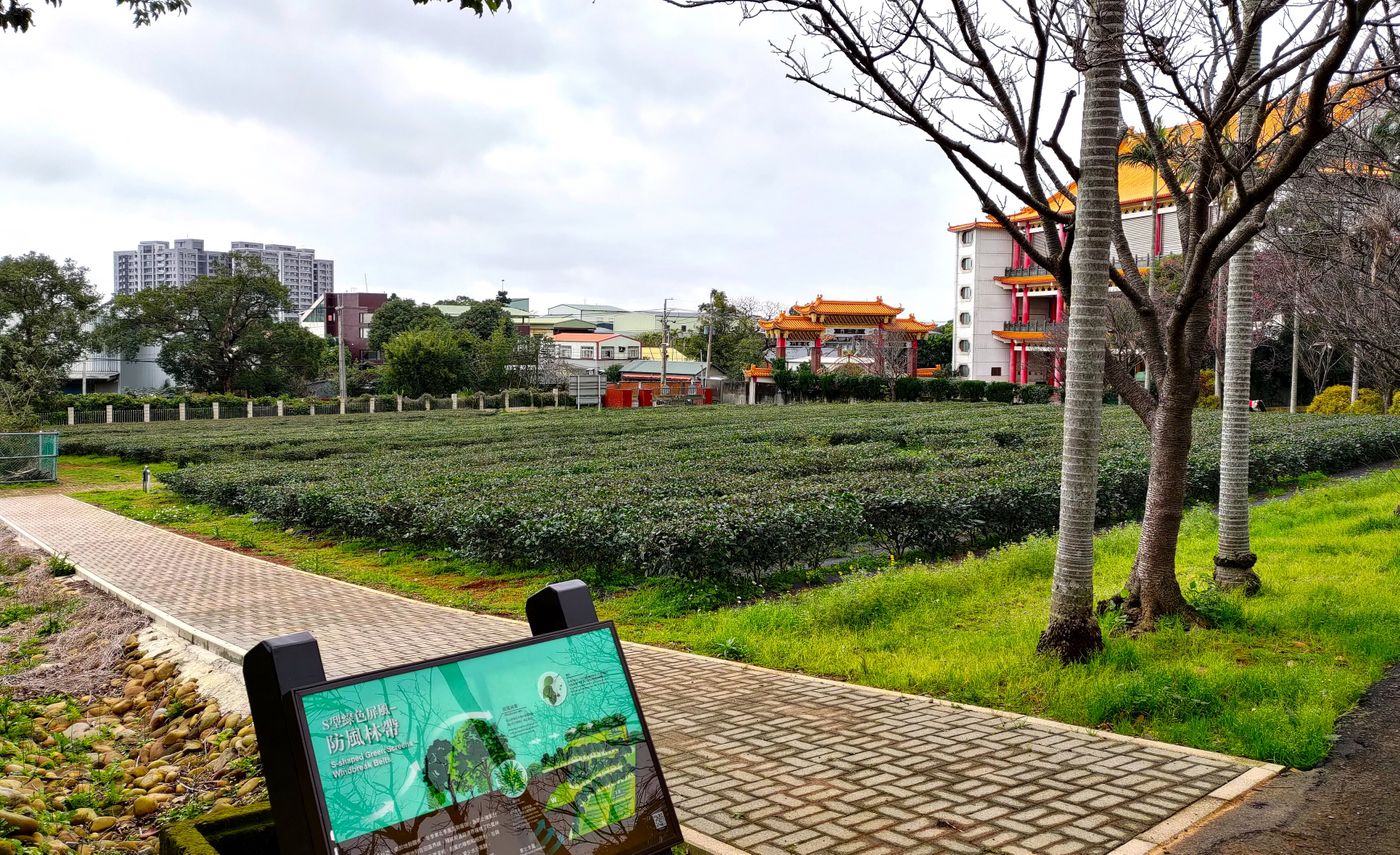
The people who came to hike at this time were all middle-aged and elderly people, and they might be the second generation of military dependents’ villages. Walking all the way from the train station to here, even an outsider like me was disappointed by the passing of the military military village. I wonder if they watched their former homes being demolished, high-rise buildings built, and chain stores occupying the streets and alleys. How do you feel?
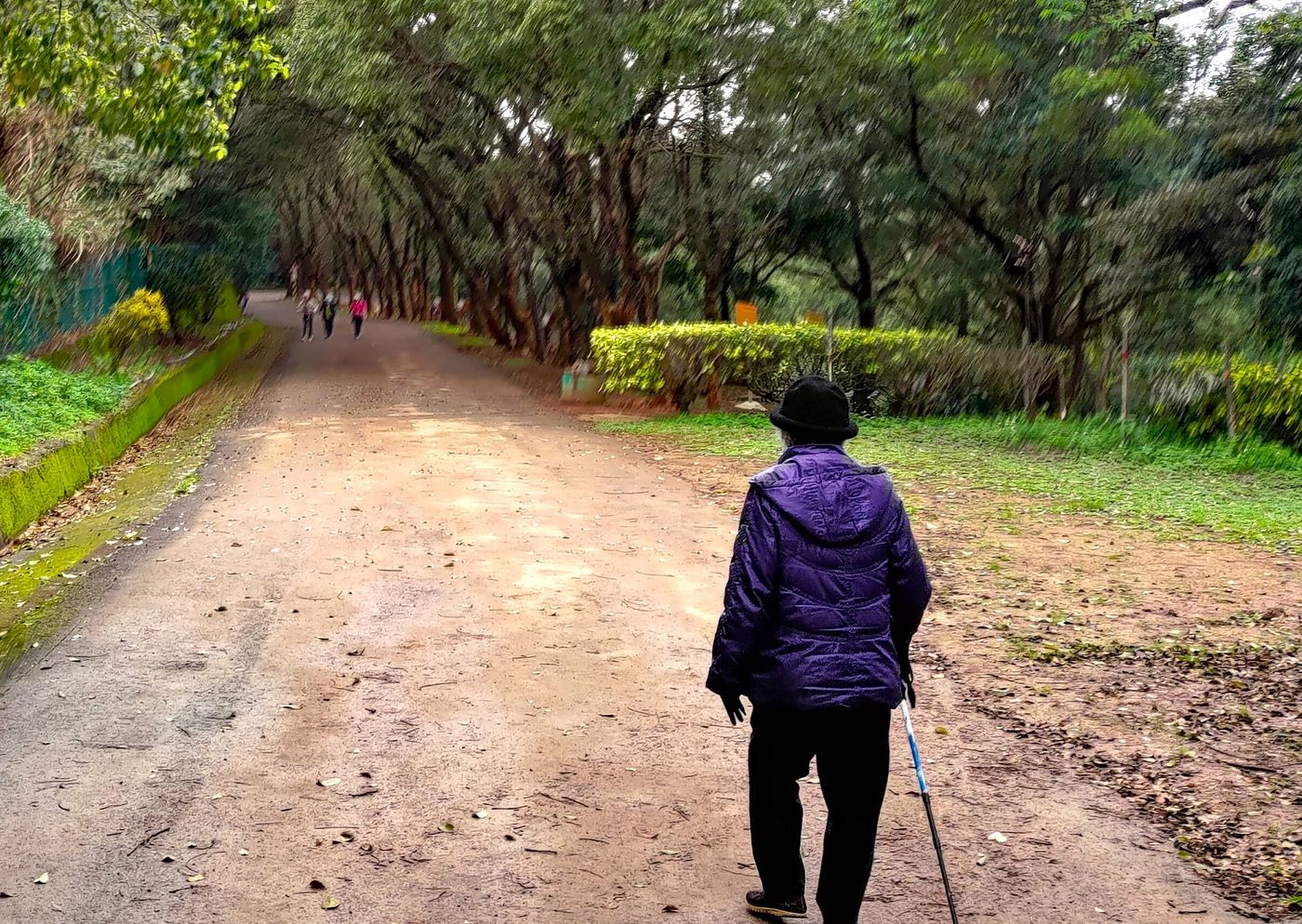
Like my work? Don't forget to support and clap, let me know that you are with me on the road of creation. Keep this enthusiasm together!

- Author
- More